Norway’s external trade in goods relies heavily on the export of fossil fuels to Europe. The decarbonization of the European energy system will therefore impact the future trade balance of Norway. Norway also has access to vast renewable energy sources through regulated hydro power and wind power, and in addition the potential to store significant amounts of CO2 on the Norwegian Continental Shelf (NCS). This allows Norway to both decarbonize its energy exports in the form of electricity, hydrogen, or natural gas with committed CO2 import, while also supporting Europe in decarbonizing their energy system.
Energy export of multiple, different energy carriers have strong couplings, requiring a holistic analysis to prevent bias and suboptimal infrastructure development. The CleanExport project investigated the holistic planning of clean energy export from Norway to Europe to facilitate the energy transition – which also was the theme for the seminar that we will give a brief summary of in this blog article.
How can Norway support Europe with clean and secure energy?
Julian Straus, project manager of the CleanExport project, gave the first introduction, where he set the stage by providing some background on why looking at energy export is important from a Norwegian standpoint. Julian underlined the importance of the rapidly changing European energy demand, and how Norway needs to prepare through decarbonisation and economic valorisation of the energy resources.
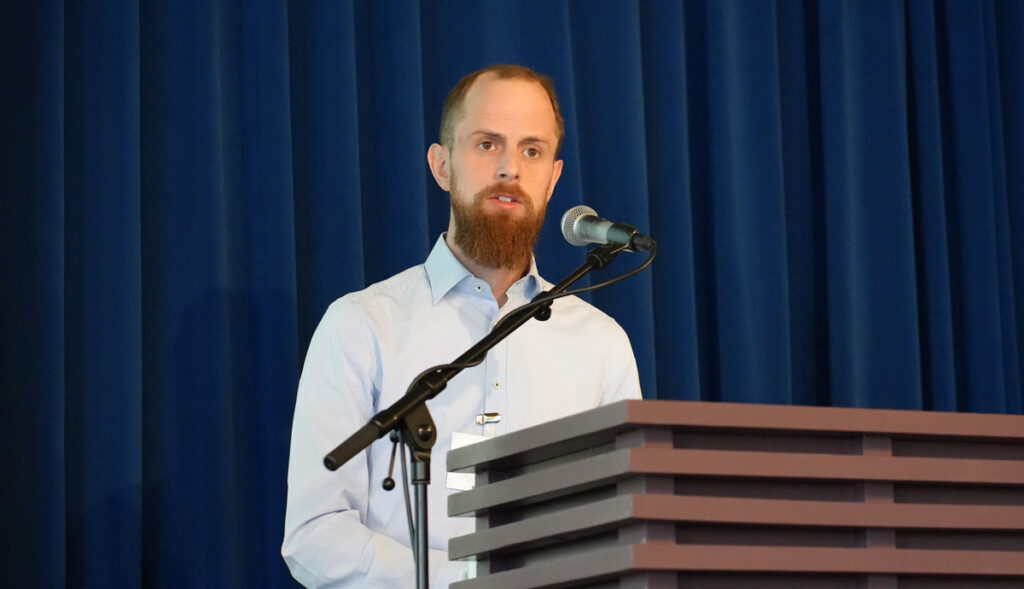
The CleanExport project
The CleanExport project will provide strategic guidance and investment support for exploiting Norway’s potential for clean energy export. To this end, the project will develop a holistic, integrated energy-system model of electric power, hydrogen and natural gas with CCS, specifically designed for analysing clean Norwegian energy export. This holistic approach will enable the CleanExport project to explore new investments and alternative utilization of existing energy export infrastructure from Norway to Europe.
Through extensive scenario evaluations in line with prevailing European policies and strategies, the project will identify pathways to maintain Norway’s position as an energy-exporting country. Furthermore, it will investigate how Norwegian energy resources can be best utilized for clean energy export and in which way Norway can contribute to fulfilling the Paris climate agreement.
Project partners:
- Equinor
- Total E&P Norge
- Gassco
- Agder Energi
- Air Liquide
Research partners:
- SINTEF Industry
- NTNU
Developing value chains for hydrogen, renewable electricity and natural gas with CCS
An important question is how we can develop economically efficient and sustainable value chains for hydrogen, renewable electricity, and natural gas with CCS. Rahul Anantharaman, senior research scientist at SINTEF Energy Research, presented the first key messages from the CleanExport project on this subject.
Rahul presented multiple CleanExport case studies and key findings:
- Case 1: Powering Europe with offshore wind power – impact of hydrogen
- Case 2: Hydrogen for harvesting the potential of offshore wind.
- Case 3: Are blue and green hydrogen competitive or complementary
- Case 4: Decarbonising the European steel sector – the role for clean energy export from Norway.
- Case 5: Decarbonising European energy system in the absence of Russian gas.
- Case 6: Energy crisis: impact on Norwegian clean energy exports.
- Case 7: Impact of uncertain H2 demand on decarbonised North Sea energy system.
- Case 8: Hydrogen production and export in northern Norway.
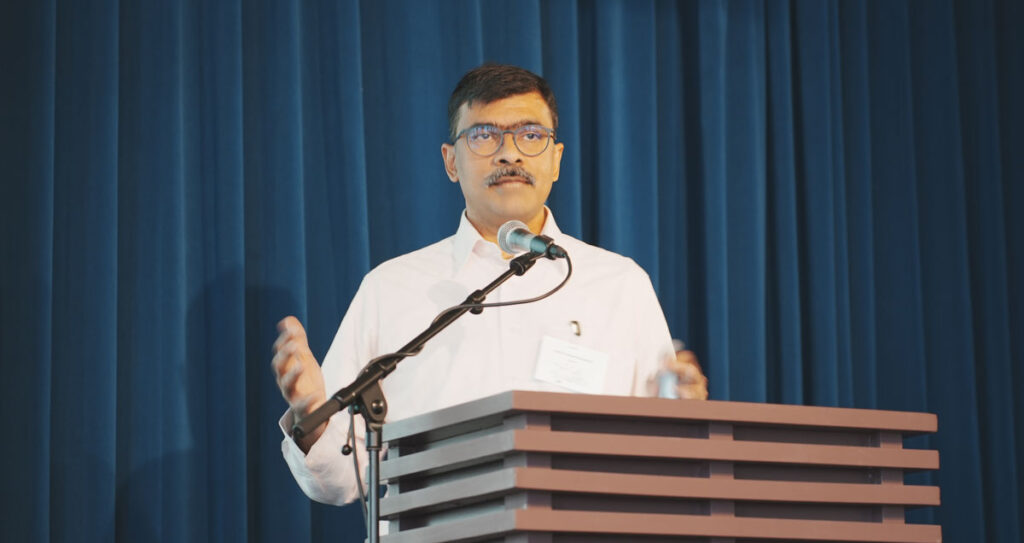
Rahul concluded that Norway will continue to play an important energy role in Europe. As Europe’s energy system is being transformed to reach net zero emissions, Norwegian resources will play an important role through export of natural gas, hydrogen, and electricity – as well as through import of CO2 for permanent storage in the North Sea.
The CleanExport project has focused on transition pathways that are optimal in socioeconomic terms. Future developments will depend on many other factors such as societal acceptance, policy developments, industry interests and bio-diversity considerations.
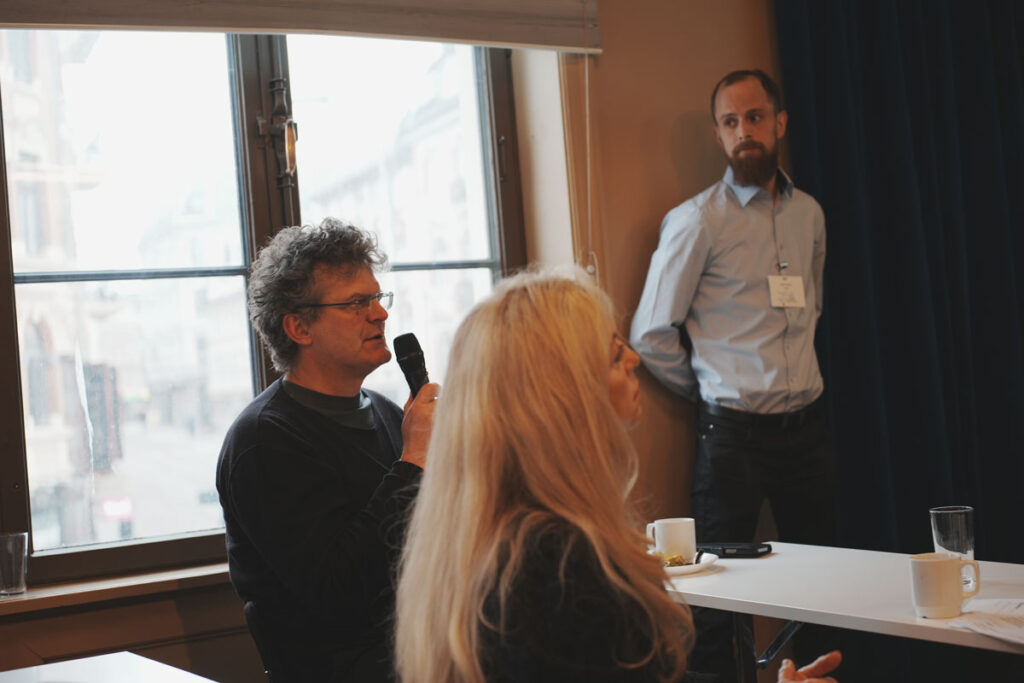
Key drivers and sectors that are likely to affect future energy exports from Norway to Europe
What are the key drivers and sectors that are likely to affect future energy exports from Norway to Europe? That is the question Lars Hellemo, senior research scientist at SINTEF Industry, addressed in his presentation.
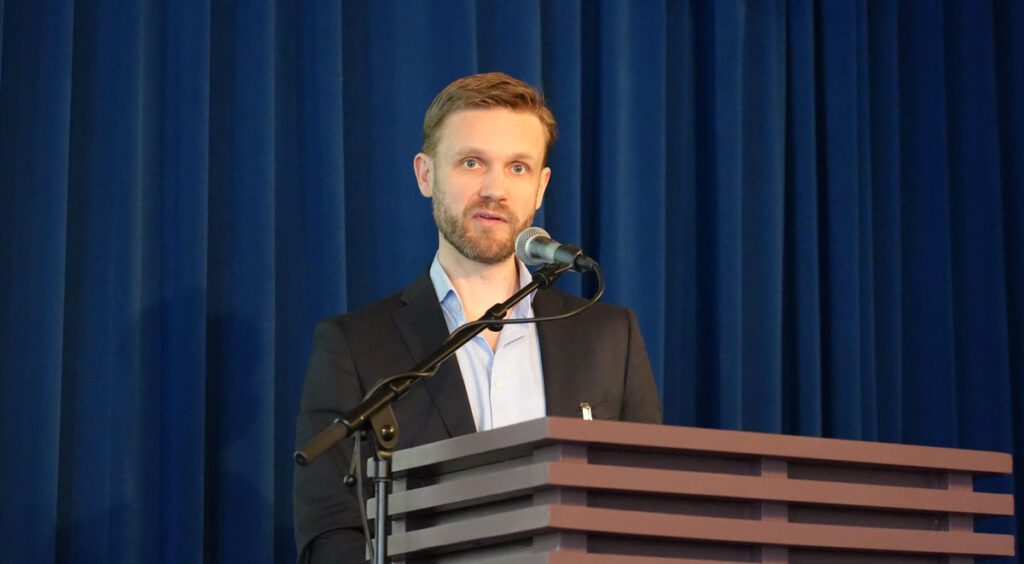
Norway stands out in Europe in having abundant and diverse natural conditions for energy: natural gas, reservoir-based hydropower, onshore and offshore wind. Additionally, Norway possesses CO2 storage resources.
It is important for Norway to strategically plan infrastructure development to exploit synergies between diverse natural resources and energy carriers (e.g. synergistic opportunities between green and blue hydrogen), optimizing the interplay between transmission grid and offshore wind, and exploiting hydropower in Norway to produce hydrogen from electrolysis with high average utilization rate (relatively stable electricity prices).
Clean energy export in the context of (the Norwegian) energy trilemma
We had an excellent panel of experts to discuss clean energy export in the context of the energy trilemma. The panel discussion was led by Nils Røkke, Executive Vice President Sustainability at SINTEF, and the expert panel consisted of:
Lene Mostue, Director of Energi21
Carsten Sørlie, Project leader at Equinor
Seungwoo Kang, R&D Project Manager, Total Energies
Gunhild Reigstad, Senior Research Scientist, SINTEF Energy Research
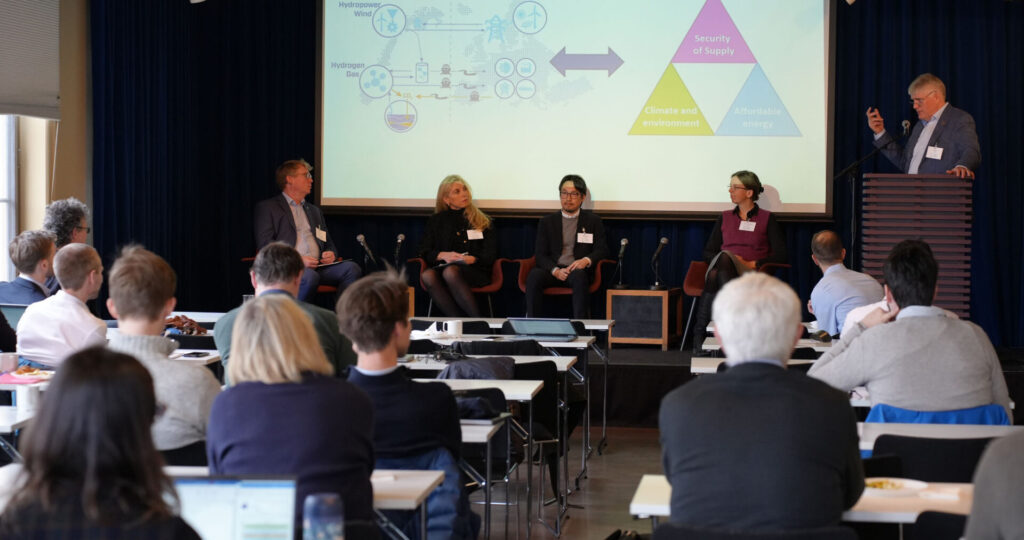
Nils Røkke introduced the panel and gave a brief introduction to the topic. The panel participants shared their thoughts on the future of the resources we are drawing on for export, future value chains, export of technologies as well as energy, sustainable transition and decarbonisation towards net zero – as well as the need for policies that encourage (and not hinder) investments in renewables.
The panellists emphasized that the integrated energy analysis in CleanExport helps illustrate how the different actors will be affected in the energy transition, thus enhancing stakeholders understanding and knowledge. There is a need for a broader scope, as well as the use of a combination of several different models – to analyse integrated and complex energy systems.
The energy system models and open discussion
The CleanExport project actually developed a new energy system framework focusing on the representation of multi energy carrier systems (e.g., electricity, hydrogen, and natural gas) and the potential of simple extensions.
Julian Straus presented the technical scope of models that were used, and developed, in the CleanExport project.
Geographical scope of models: EMPIRE with a European scope to the left, and EMX with a North Sea/Norway scope to the right.
Julian summed up his presentation in 3 key lessons:
- Single models cannot give a full answer,
- Linking of models important for obtaining reliable results, and
- It is important to evaluate the made assumptions after results are available.
The last post on the programme was an open discussion with the audience and seminar participants. The overreaching topic was which analysis capabilities we need going forward with the decarbonisation of the Norwegian energy export.
Brage Rugstad Knutsen, Research Manager in SINTEF Energy Research was leading the discussion. Which modelling needs and analysis capabilities do we need going forward with the decarbonization of the Norwegian energy export? The next frontiers will be how to quantify nature, biodiversity and land-use impact, and developing robustness to uncertainty like energy demand, policy shifts and climate change.
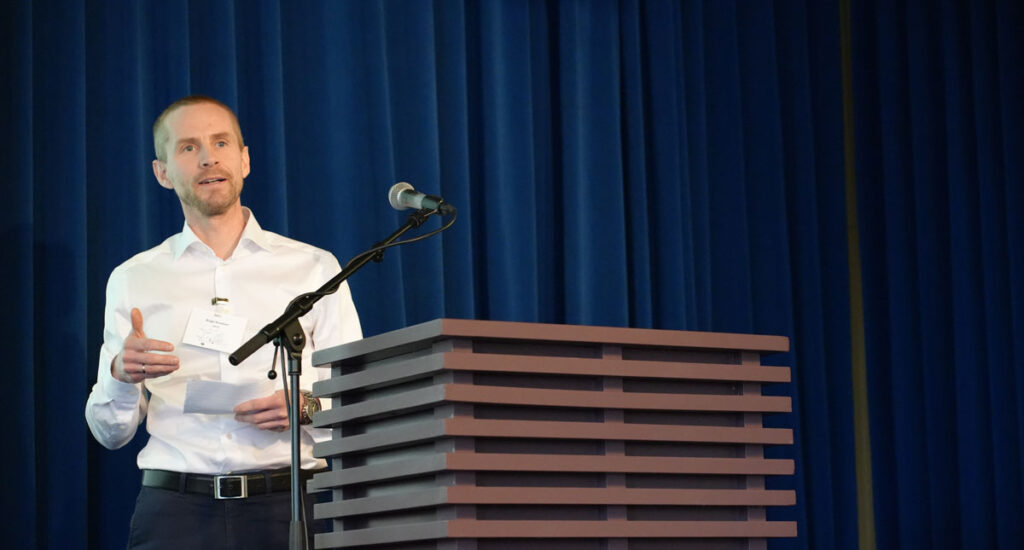









Comments
No comments yet. Be the first to comment!